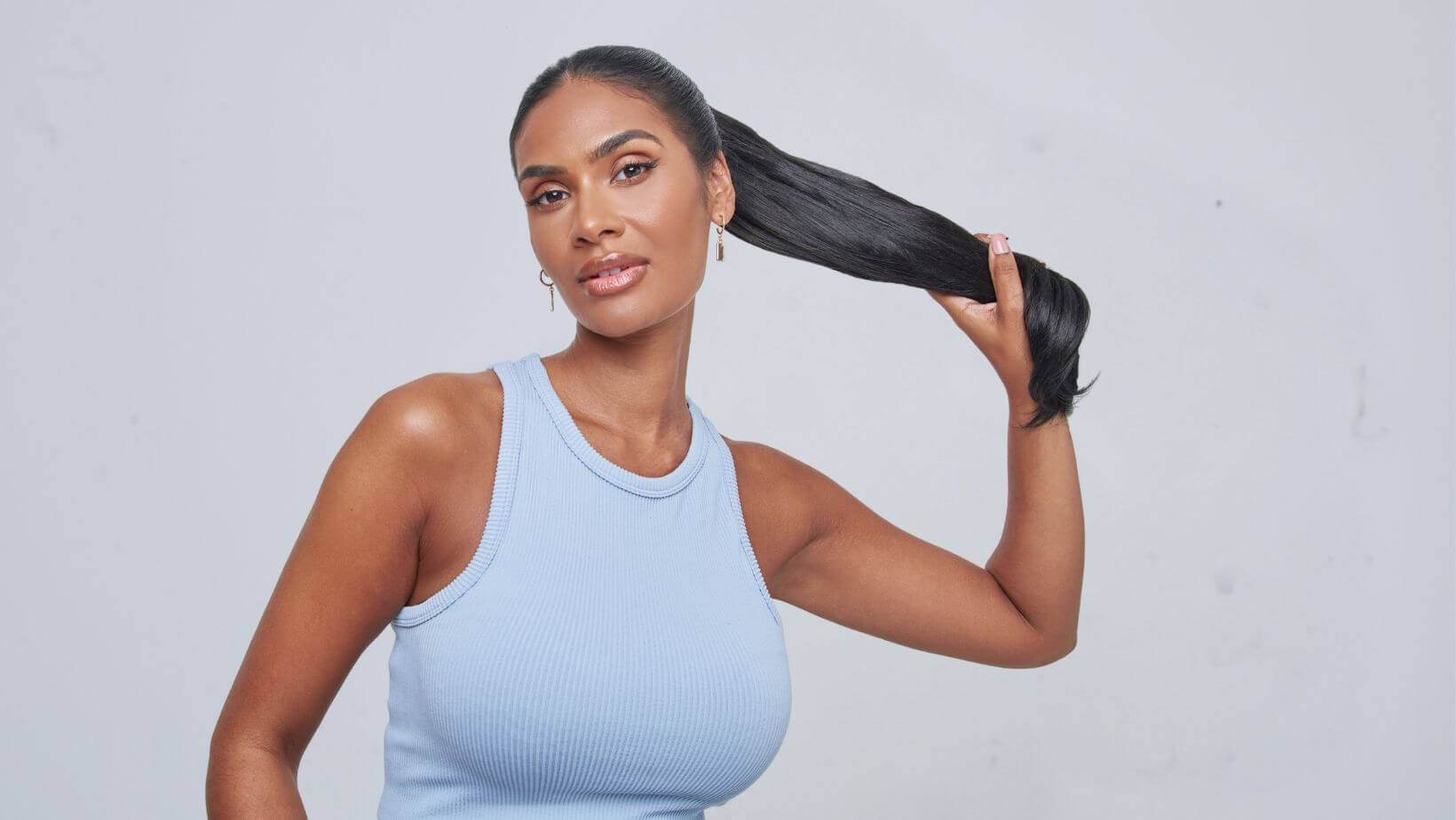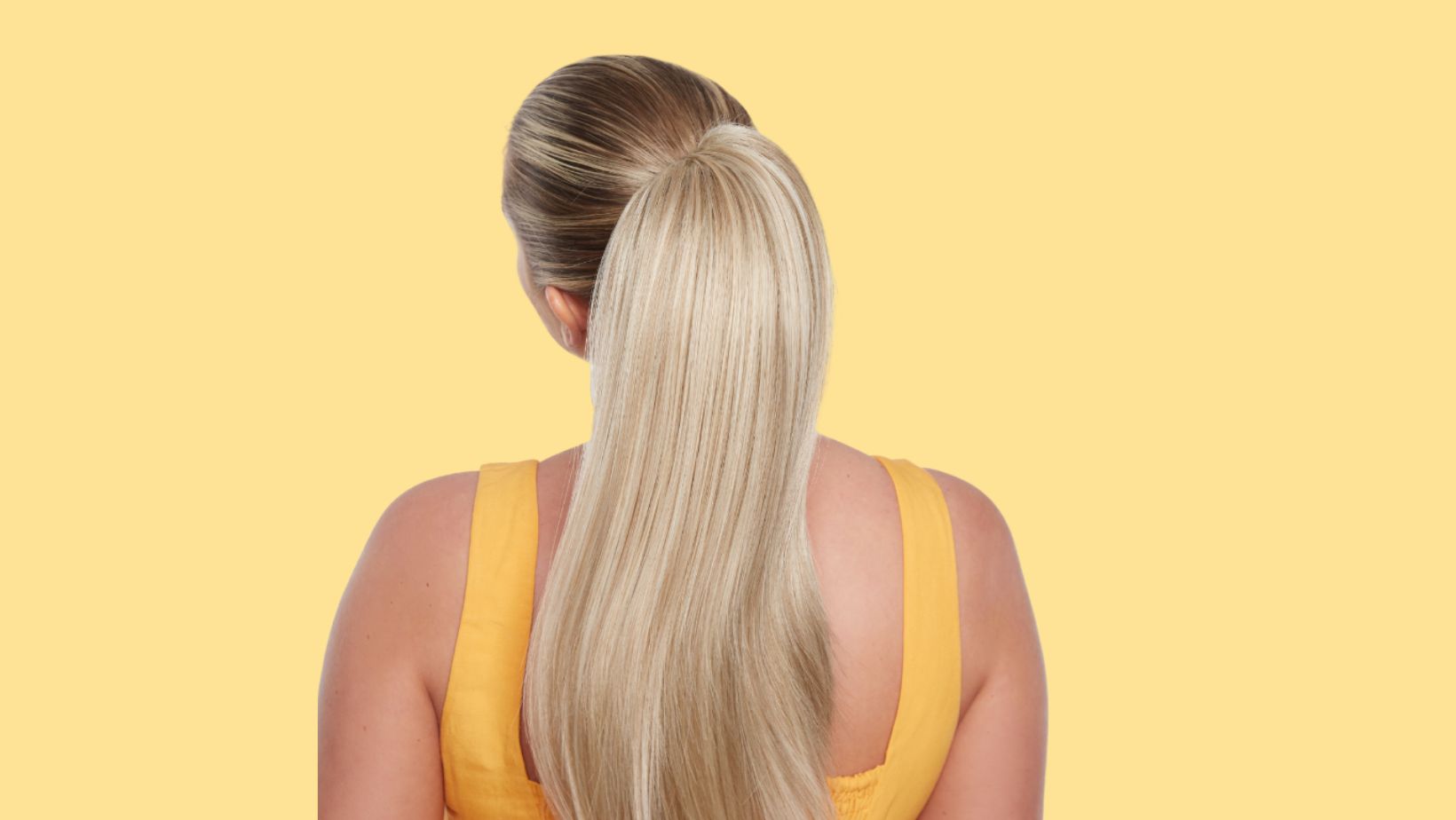How To Use a Teasing Brush

How To Use a Teasing Brush
Losing track of all the different hair tools on the market and what they’re actually used for? Yeah, me too! But fear not - this blog has the lowdown on everything you need to know about the infamous teasing brush. Keep reading to find out more…
Keep ReadingWith that many hair tools in the industry these days, it’s hard to keep track of what does what anymore. Teasing, also known as backcombing, has been the go-to method for creating texture and volume since the 80s - and with it comes the teasing brush.
But how do you use it?
At Stranded, we’re not just a clip-in hair extension brand - we pride ourselves on being industry professionals, committed to sharing our expert knowledge. We know that when you look your best, you feel your best - and with the correct knowledge of haircare, tools and extensions, feeling confident can only be a click away.
That's why we write these blogs!
In this blog, you will learn everything you need to know about teasing brushes, including; what is it used for, all the ways you can use it and whether or not teasing will damage your hair. By the end, you will be confident in your knowledge of how to use a teasing brush and how best it will work for your hair and desired looks.
- What is a teasing brush used for?
- How to tease your hair
- How to tease your hair for volume
- How to use a teasing brush for baby hairs
- How to use a teasing brush to tame flyaways
- How to use a teasing brush to smooth your updo
- How to use a teasing brush to sleek your partings
- How to use a teasing brush to section your hair
- Is teasing bad for your hair?
What is a teasing brush used for?
Teasing brushes are used on your hair, for styling. They’re made of soft bristles on the end of a thin handle. We recommend the Tangle Teezer The Ultimate Volumizer Hairbrush (RRP £12).
A teasing brush’s primary function is to tease the hair, giving it texture for extension application or other certain hairstyles, and to add volume to the hair (typically at the root).
However, there are many other uses for a teasing brush, that we will cover further down this blog.

How to tease your hair
To tease your hair, you first need to ensure that it is clean, dry and tangle-free. Oil or product buildup will restrict your hair from gaining volume and wet hair could cause hair breakage when you are teasing it.
No time to wash your hair? Refresh your hair with a dry shampoo. We recommend MONDAY Haircare Original Dry Shampoo 200ml (RRP £4).
Now you are ready to tease your hair, you need to take a sliced section and pull it taut. From mid-section to root, comb your hair down around 3 times, until you reach your desired texture and volume.
Then, gently comb over the hair and style.
To hold your teased hair in place, we suggest using a flexible hold hairspray, such as VO5 Flexible Hold Hairspray 400ml (RRP £4.65).
When you’re finished with your teased look, gently brush your hair from ends to root in small sections. Teasing your hair can result in extra tangling, so be gentle and take your time with it.
How to tease your hair for volume
If you’re wanting additional volume, as well as texture, from your teasing, you will need to tease more of your hair.
Start by taking a slice of hair from across the front of your crown and pulling it taut. Tease the hair using the instructions above and lay it towards your face.
Then take a thinner slice behind and repeat the process again until you have 3 teased sections covering your crown.
Once you have finished teasing, gently comb the hair back down and use a flexible hold hairspray to secure the style and any loose flyaways, such as VO5 Flexible Hold Hairspray 400ml (RRP £4.65).

How to use a teasing brush for baby hairs
Teasing brushes are also used to style baby hairs, or ‘edges’ as they’re commonly referred to. You can often purchase smaller versions of teasing brushes for this purpose, though a regular-sized one will work just as well.
If you want to accentuate and style your baby hairs, add a little gel to them and sweep the brush over the hair into shape. We love the EcoStyle Moroccan Argan Oil Styling Gel 473ml (RRP £6.99), which includes additional hair conditioning benefits.
If you want to slick them back, spray some hairspray, such as VO5 Flexible Hold Hairspray 400ml (RRP £4.65), onto the teasing brush and gently brush the baby hairs into the rest of your hair.
How to use a teasing brush to tame flyaways
Flyaways getting in the way? With a sleek style, the last thing you want is loose hairs flying all over the place. Teasing brushes are a great tool to push these back or lay them flat into your hair.
Like with slicking back your baby hair, spray some hairspray onto the teasing brush and gently brush the flyaways down from your parting, until they lay flat exactly where you want them to be. We love VO5 Flexible Hold Hairspray 400ml (RRP £4.65).
How to use a teasing brush to smooth your updo
As teasing brushes are made with soft bristles, they are a fantastic tool to smooth your updo or slick your hair back. The soft bristles can glide over your hair, smoothing any frizz or flyaways, and sticking it all down into place.
To smooth your updo, simply spray some flexible hold hairspray, such as VO5 Flexible Hold Hairspray 400ml (RRP £4.65), onto the teasing brush and glide over your hairstyle.
If you’re wanting to slick your hair back, we suggest adding some gel to your hair, such as EcoStyle Moroccan Argan Oil Styling Gel 473ml (RRP £6.99), and brushing the teasing brush over the gel - styling your hair into place as you do.
How to use a teasing brush to sleek your partings
Like smoothing your updos and taming flyaway hairs, teasing brushes can use the same method to sleek your partings.
If you struggle to get a sleek and smooth parting with just a normal brush, use the end of your teasing brush to pick up any stray hairs, to create a crisp parting line, and the soft bristles on the brush with a little flexible hold hairspray to smooth down any flyaways. We recommend using VO5 Flexible Hold Hairspray 400ml (RRP £4.65).
How to use a teasing brush to section your hair
Most teasing brushes come with a very thin handle, or even with what is known as a ‘rat tail comb’. This thin handle is perfect for achieving crisp, clean sections and partings in just one swipe.
To use a teasing brush to section your hair, place the end of the brush at your hairline, where you want to start your parting and turn the brush to a 45-degree angle. As you move the end of the brush through your hair, ensure that the handle is going under it and picking up hair as it goes along, all the way to the end of your desired parting.
With practice, this should only take you one try. However, if you’re a bit of a perfectionist, you can always check the parting and use the end of the brush to pick and move any stray hairs.
Is teasing bad for your hair?
When done the right way, using the instructions above, teasing your hair shouldn’t cause any breakage or damage - however, is it always a risk (as with any hairstyle).
Remember to be gentle with your hair and work in small sections, both when you tease the hair and when you brush it out afterwards!

So… what now?
You came to this blog wanting to learn everything you could about teasing brushes, after feeling at a loss with the amount of tools and products on the hair market these days.
Since reading, you have learnt what a teasing brush is, how to use a teasing brush (including beyond just teasing your hair) and how, with correct use, it shouldn’t damage your hair.
But what now?
Well, as we promised earlier, you should now be ready to use a teasing brush confidently - whether that be for simply teasing your hair, taming flyaways or creating the perfect, crisp parting.
However, your hair care education doesn’t need to stop here! Stranded Hair Group’s team of industry professionals share all their expert knowledge over on the Stranded Blog!
Check out the rest of our How To blogs, including ‘How to Make Your Ponytail Look Fuller’, ‘How to Curl Your Hair and Make it Last Longer’ and ‘How to Wear a Ponytail Extension’.





